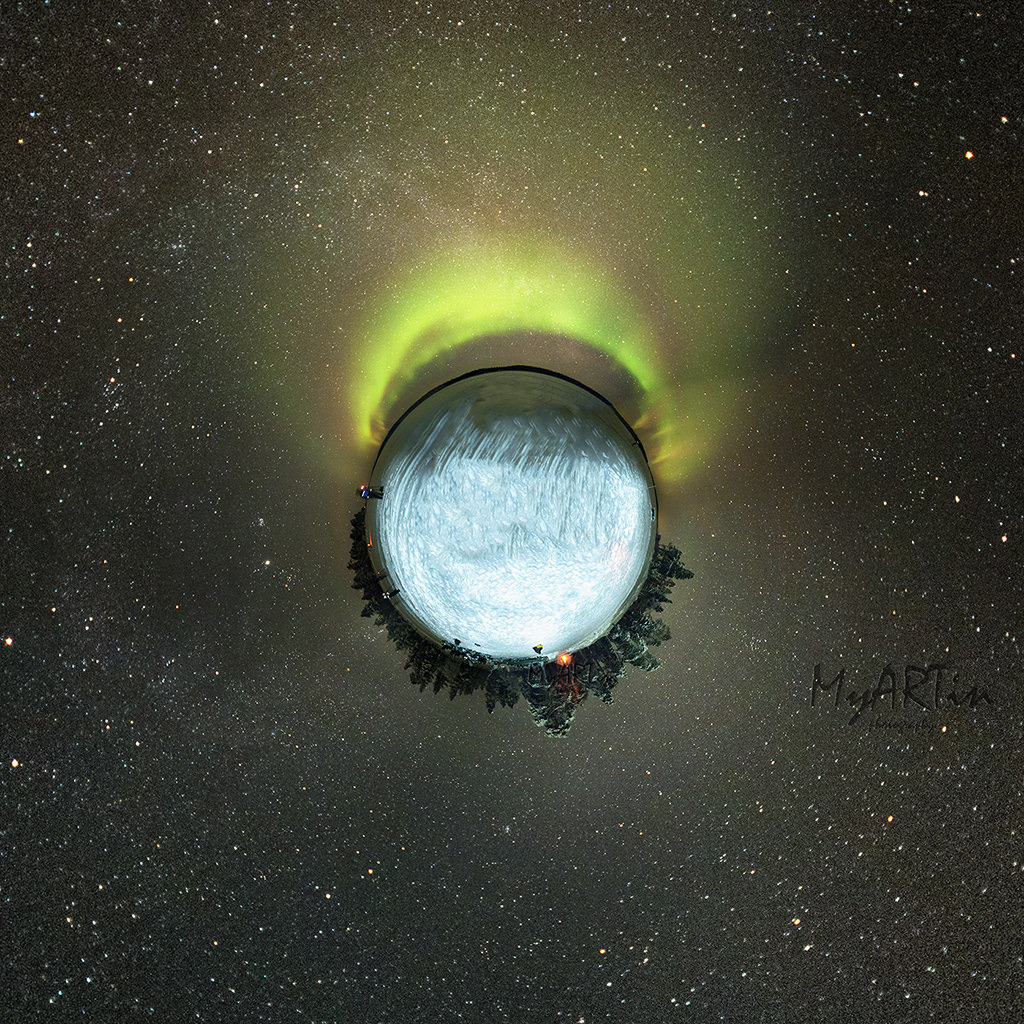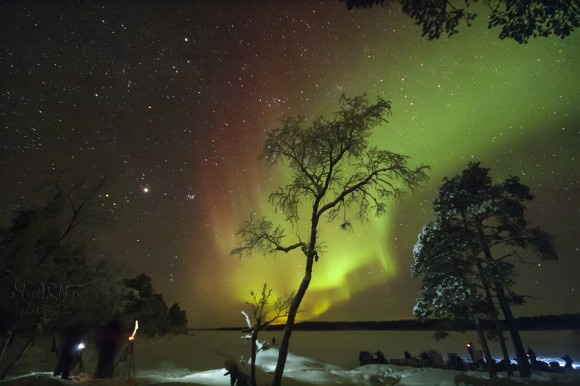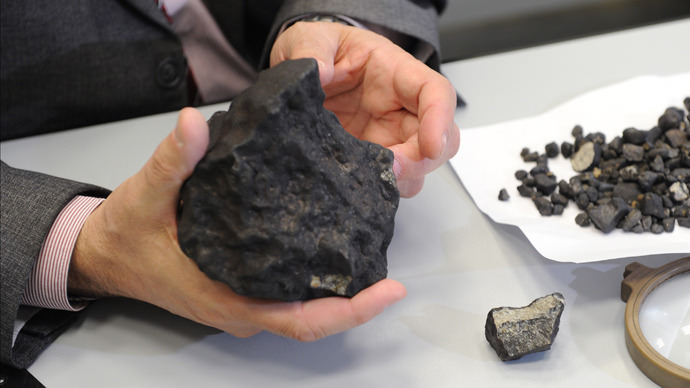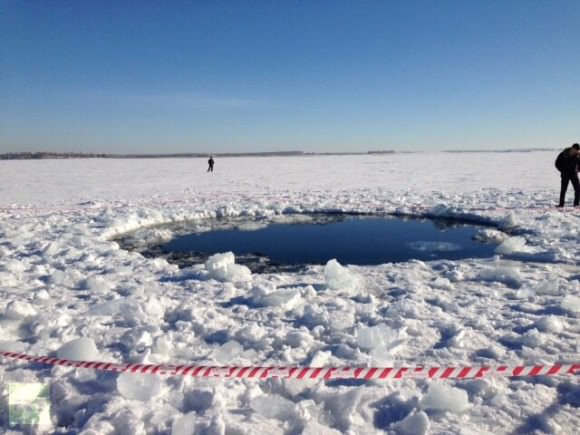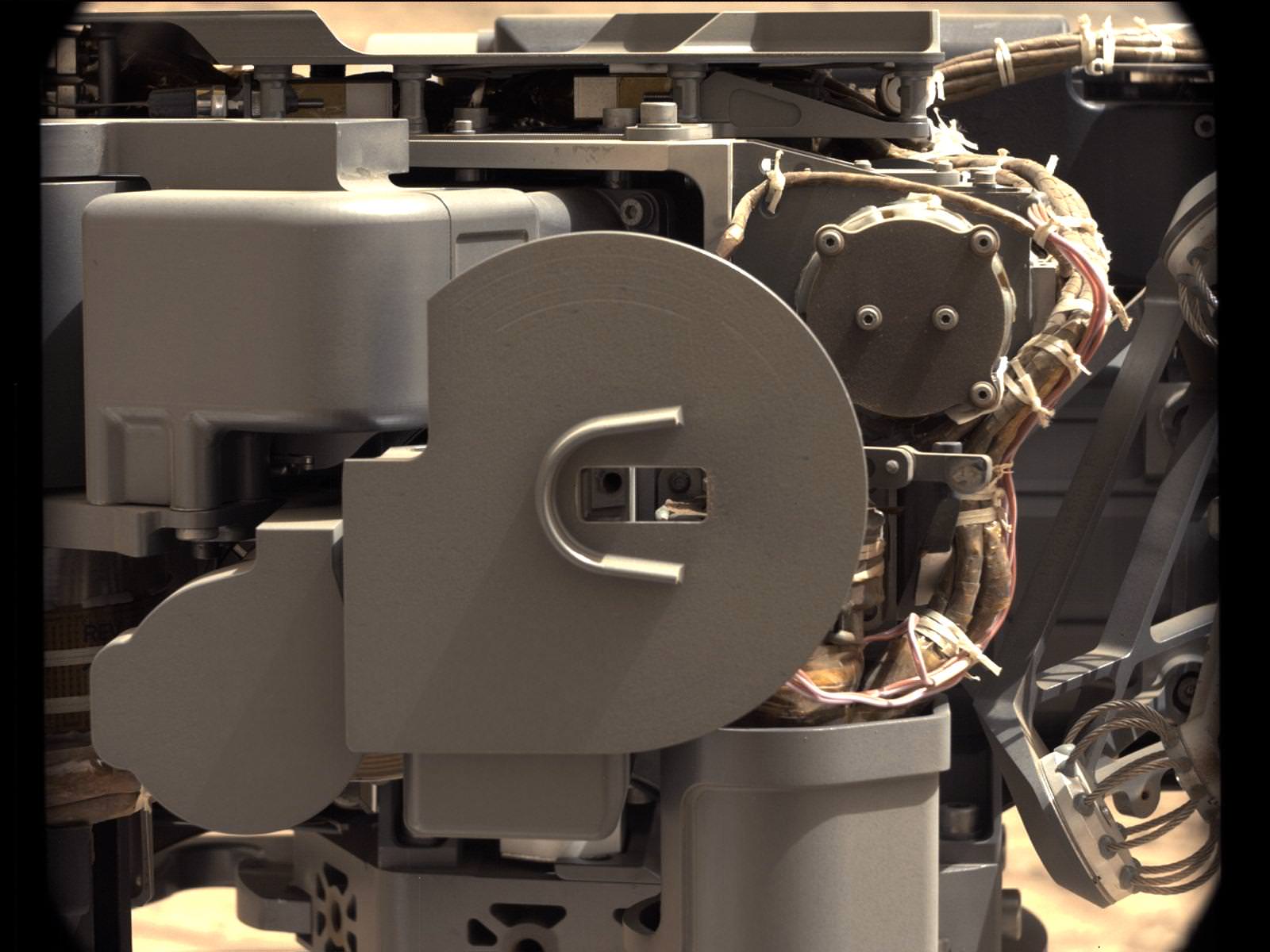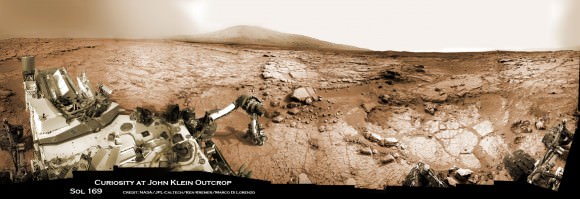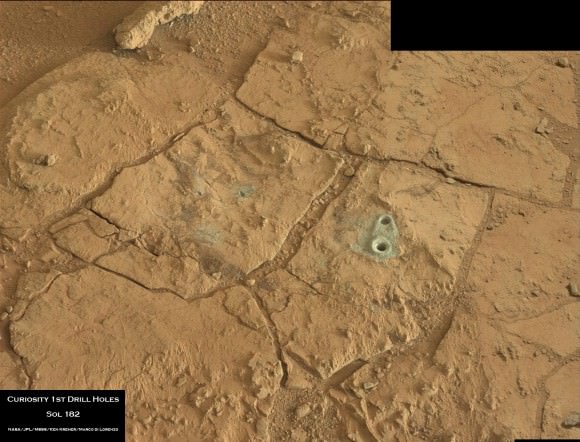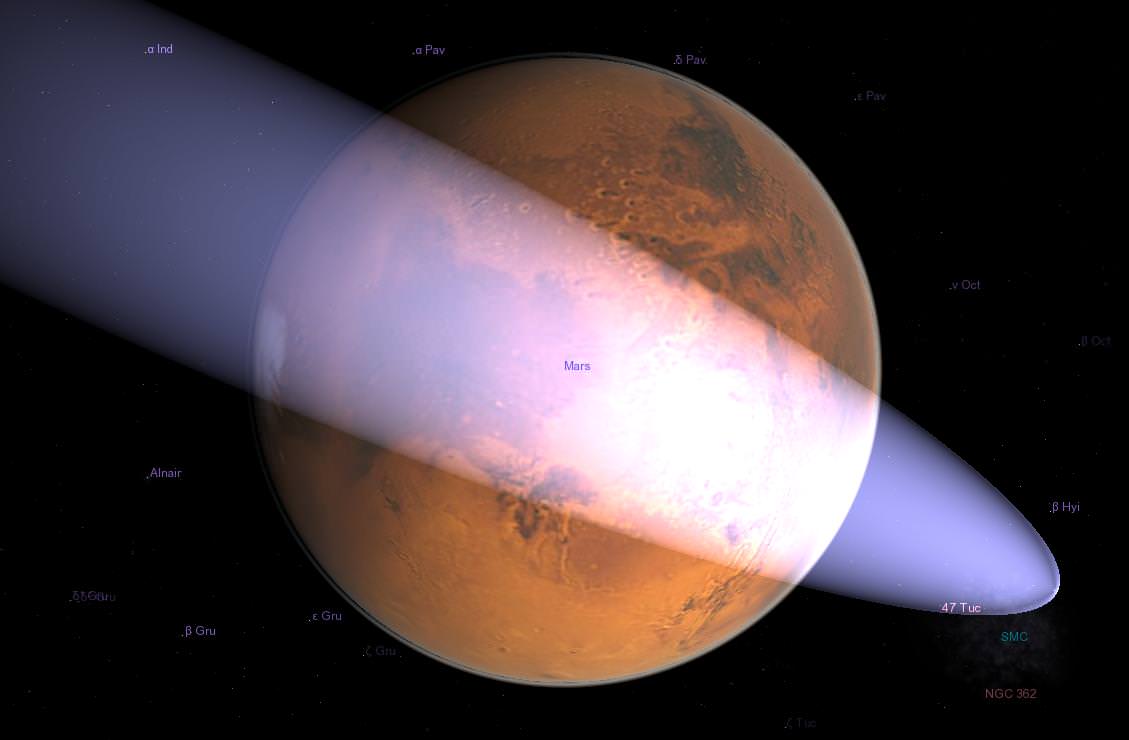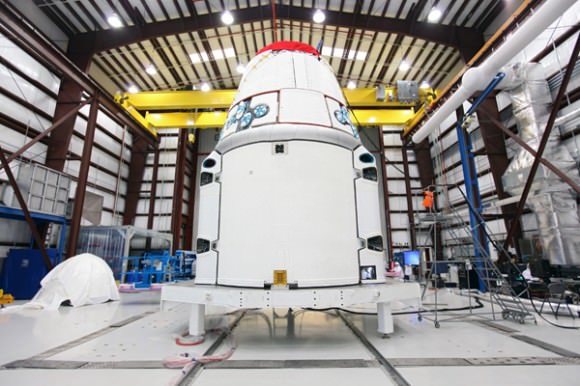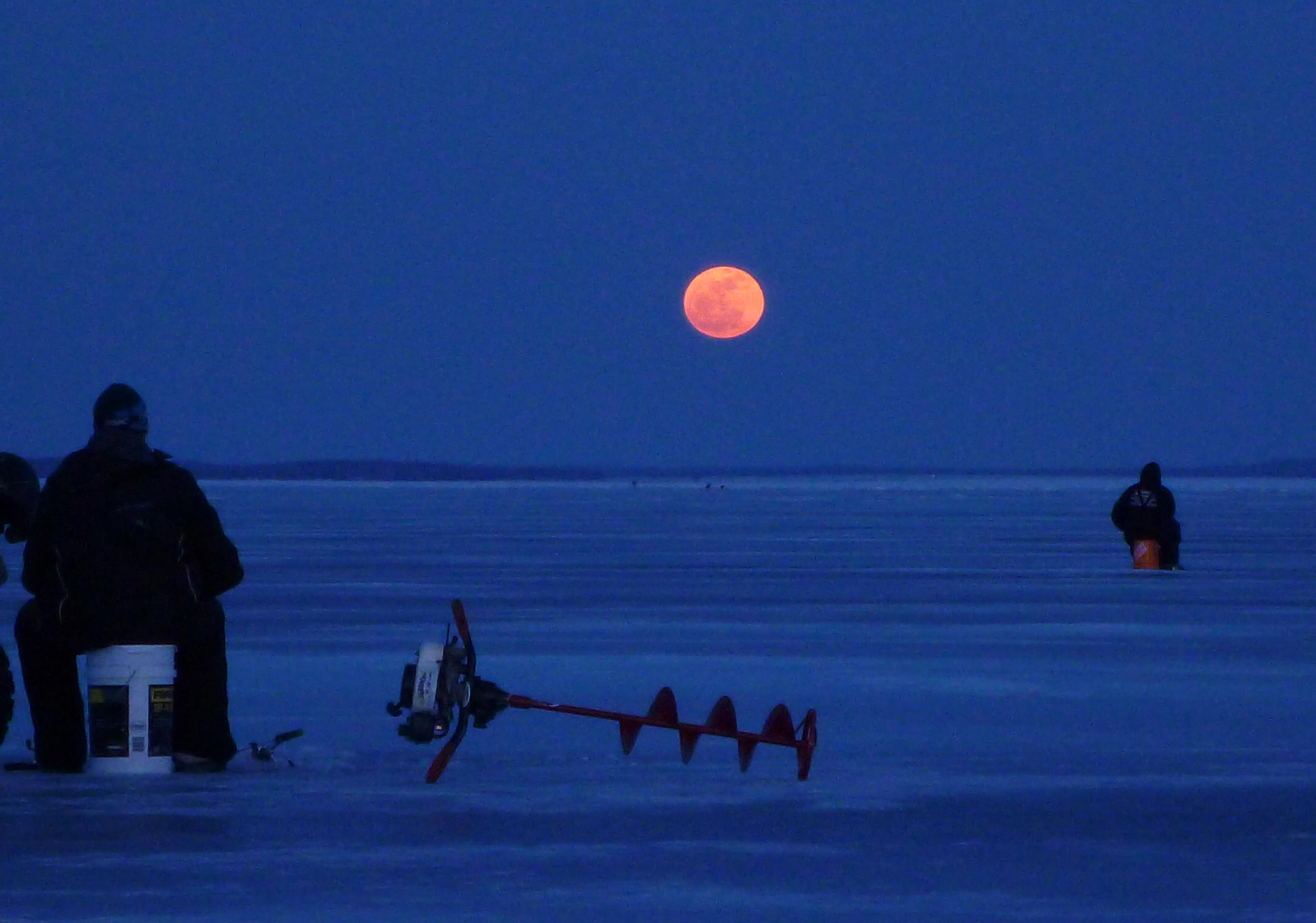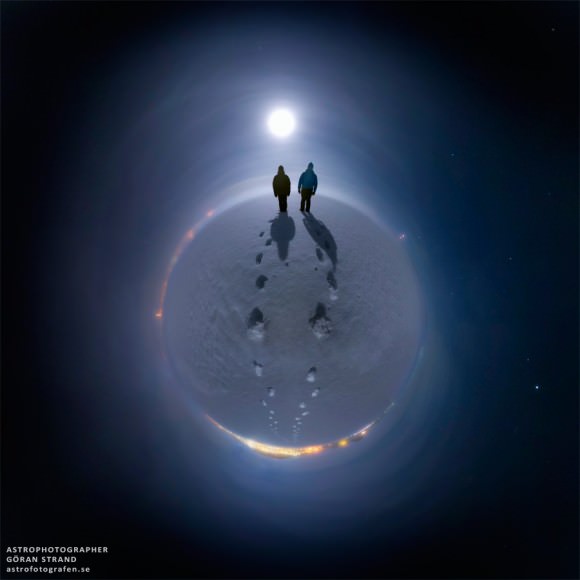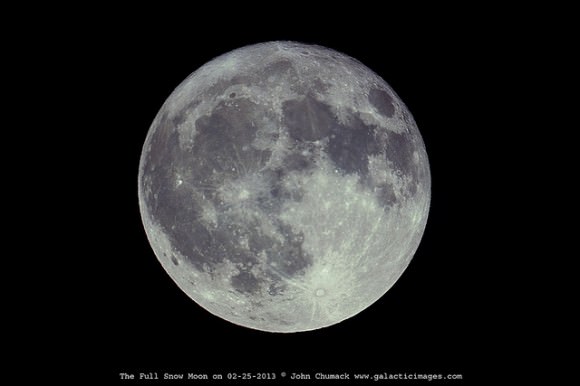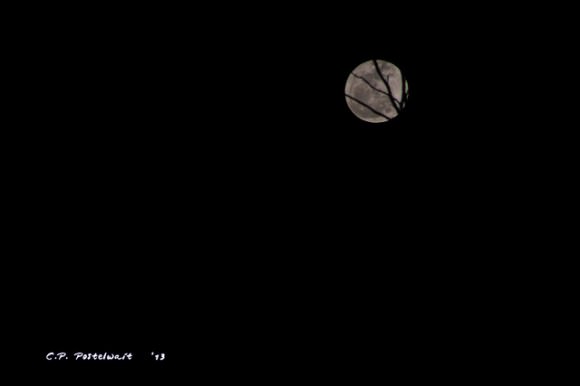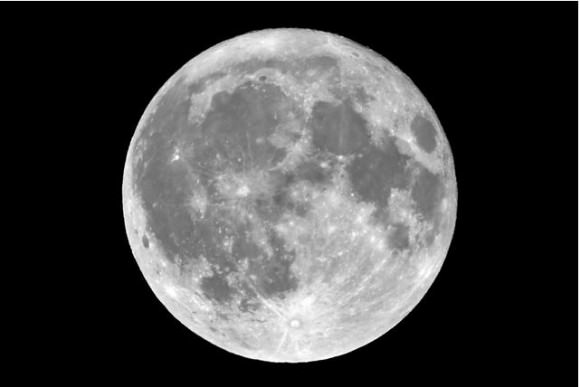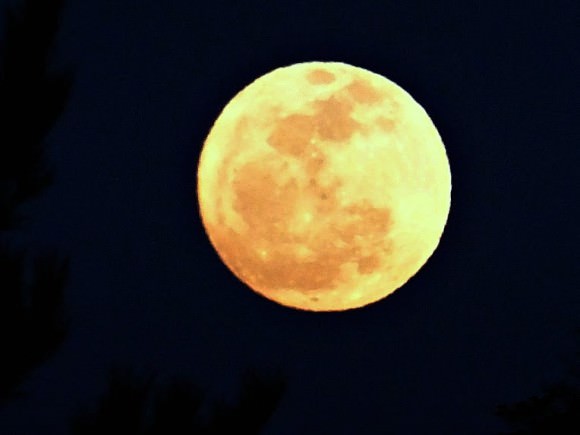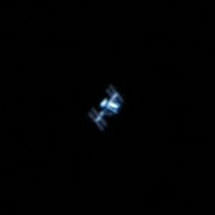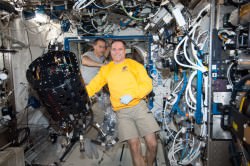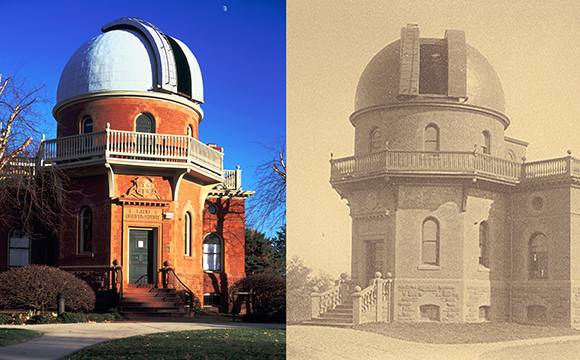Take a dirty snowball in space and hurl it towards the Sun. I dare you… and then make a prediction as to how that will look.
This is the problem comet scientists face when talking about how bright a comet will appear from Earth. They’re imaging a conglomerate of dust, ice and other materials millions of miles away. After figuring out where the comet will go, then they have to predict how it will behave.
It’s a science, to be sure, but an unpredictable one. That’s why it’s so hard to figure out how Comet ISON will fare when it gets closer to the Sun in November 2013. It could blow into pieces before arriving. It could break up when it gets close to the Sun. Or, it could live up to wildest expectations and shine so brightly you’ll be able to see it in daylight.
Veteran comet-gazers can name a few visitors that didn’t perform as well as predicted. Michael Mumma, who is with the NASA Goddard Space Flight Center’s solar system exploration division, was the lead for the agency’s scientific campaign on many comets of the past few decades. In an e-mail to Universe Today, he shared what made three comets less spectacular than predictions.
Comet Kohoutek (1973)
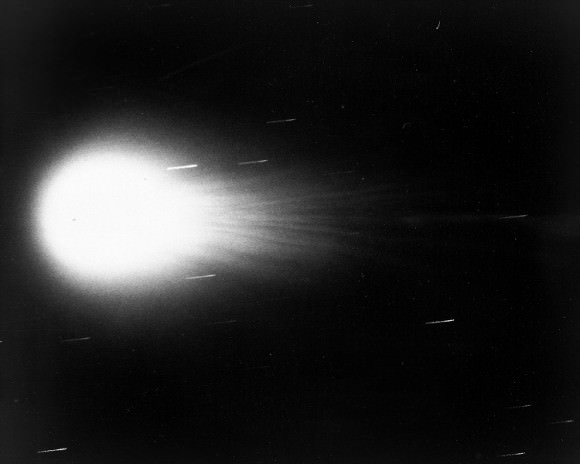
Billed by some as the comet of the century, Comet Kohoutek was predicted to pass close to the Sun after it was discovered in March 1973. NASA initiated “Operation Kohoutek” to keep an eye on the comet from a network of observatories in the sky, on the ground and even telescopes in mid-air.
Mumma joked that Kohoutek was a great career launcher for him, as a spectrometer that searched for ammonia ended up getting sustained funding for further development. But the comet was a visual disappointment, he acknowledged.
“The hype surrounding Comet Kohoutek was inspired by two predictions of its possible brightness, made by a recognized senior comet scientist. The NASA spokesman chose to promote the brighter of the two, that predicted the comet would become as ‘bright as the full Moon’. He usually mentioned (softly) that we couldn’t be certain it would actually brighten that much – but the press usually ignored that disclaimer,” Mumma wrote.
“Actually, the comet really did fizzle, failing to reach even the fainter estimate – probably because at discovery it was far from the Sun and activated by something other than water ice. Under those circumstances, any prediction was bound to be highly uncertain.”
Halley’s Comet (1986)
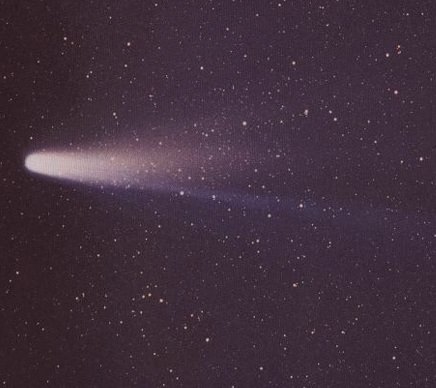
Halley’s is the most famous periodic comet, meaning that it returns to the inner solar system over and over again. Its bright appearance made it show up repeatedly in the historical record, most famously in the Bayeux Tapestry after it arrived in 1066 shortly before William the Conquerer successfully led the Norman Conquest of England. However, astronomers in each era saw the comet’s appearance as separate, unpredictable events.
English astronomer Edmond Halley, in examining the astronomical record in 1705, supposed that a comet with similar properties that appeared every 75 years or so was probably the same comet. Ever since then, astronomers and the public alike eagerly await each appearance. The 1910 visit was particularly spectacular, making the press set high expectations for 1986. However, the comet was much further away from the Sun in the 1980s and was fainter.
According to Mumma, the comet did not actually fizzle. Many press reports just got the brightness of the comet wrong, leading the public to believe the comet was less spectacular than predicted.
“It was a bright comet, just as scientists predicted. However, it was much brighter in the southern hemisphere than in the northern, as predicted. From Christchurch (New Zealand), and again from Cairns (Australia), it was large and the brightest object in the sky – easily seen with the unaided eye.”
As a scientific sidenote, Mumma’s team probed the comet with NASA’s Kuiper Airborne Observatory and, using infrared fluorescence spectroscopy that Mumma developed, found water for the first time in a comet.
Comet Austin (1990)
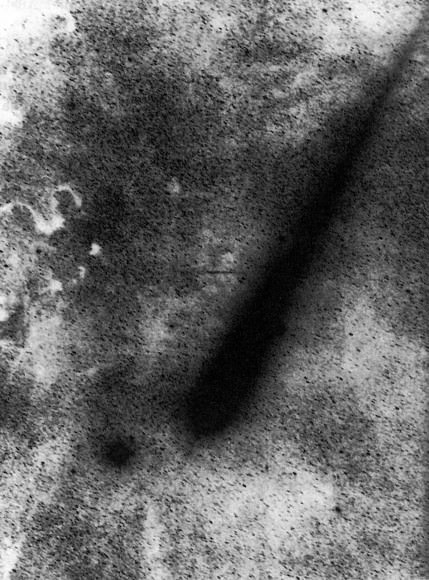
In 1989, Sky & Telescope published a cover article on Comet Austin with the eye-catching headline: “Monster Comet is Coming!” As with Halley, many people anticipated this would be a bright comet, easily visible with the naked eye. In the book Hunting and Imaging Comets, United Kingdom amateur astronomer Martin Mobberley pointed out it was a great object in telescopes or binoculars, but not so much with the eye alone.
“Austin was less bright than some had predicted, but it was bright enough to permit major scientific successes,” Mumma added in his e-mail to Universe Today. “My team detected CO (carbon monoxide) and methanol in that comet, among the first detections of these molecules in comets at infrared wavelengths.”
All in all, these comets show that it’s really hard to figure out what they look like when they get by Earth. This means that nobody knows exactly how ISON will behave until it’s almost upon us.


